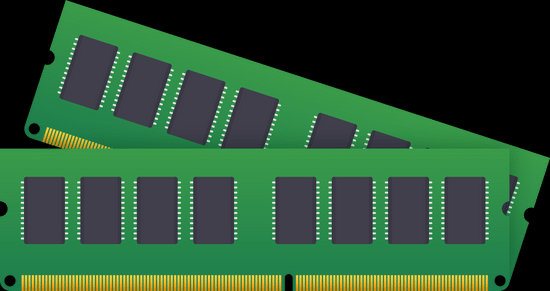Understanding Refurbished RAM: A Smart Buyer’s Guide


When it’s time to upgrade your server’s memory, refurbished RAM can be a budget-friendly alternative to splashing out on brand-new modules. But what exactly is refurbished RAM, and how do you ensure it’s a wise investment? This guide breaks it down, offering actionable insights to help you maximize performance while minimizing risks.
What Is Refurbished RAM?
Refurbished RAM refers to memory modules that have been returned—perhaps due to defects, overstock, or buyer’s remorse—then rigorously tested, repaired if needed, and restored to full working condition. Think of it as a second-hand car with a fresh tune-up: it’s not new, but it can still get you where you need to go at a fraction of the cost. For server upgrades, this makes refurbished RAM an economical choice, provided you approach the purchase with the right know-how.
Check Compatibility: The Bedrock of Your Upgrade
Not all RAM plays nice with every system. Picture your motherboard as a picky eater—it’ll only accept the RAM it likes, and serving up the wrong type could lead to a system crash or outright rejection. Before you buy refurbished RAM, dig into your motherboard’s specs:
Type: Is it DDR, DDR2, DDR3, DDR4 or DDR5? Each has a unique slot design, so mismatches won’t fit—literally.
Speed: Match the MHz (e.g., 3200MHz) for smooth performance.
Capacity: Know your motherboard’s limit. Overstuffing it won’t boost performance—it might even backfire.
Brand Quirks: Some boards prefer specific brands or configurations. A quick peek at tech forums can reveal these quirks.
Pro Tip: Use a tool like CPU-Z to scan your current setup and pinpoint exactly what you need. Compatibility isn’t just a suggestion—it’s a must.
Read Reviews and Ratings: Trust Is Earned
In the refurbished RAM market, a seller’s reputation is your lifeline. A vendor with stellar reviews is like a bustling restaurant with a line out the door—you can bet the quality’s worth it. Here’s how to vet them:
Seller Ratings: Look for high scores and feedback specific to refurbished RAM.
Tech Communities: Dive into places like Reddit’s r/buildapc or Tom’s Hardware for real-world insights on trusted refurbishers.
Consistency:: A seller with a long track record of happy customers beats one with patchy praise.
Why It Matters: Online reviews are trusted by 91% of consumers as much as personal recommendations (BrightLocal). In this game, trust separates the gems from the duds.
Examine Warranty and Return Policies: Your Safety Net
Buying refurbished RAM comes with a dash of risk, but a strong warranty and return policy can catch you if you fall. Here’s what to prioritize:
Warranty Length: Aim for at least 90 days—proof the seller stands behind their refurbishing.
Return Window: A 30-day return policy gives you time to test and confirm the RAM’s reliability.
Process Clarity: Know how to file a claim or return. Simplicity here saves headaches later.
Real Talk: I once snagged refurbished RAM that died in two weeks. A 60-day warranty saved me—replacement was a breeze. Always read the fine print.
Testing Tools: Don’t Just Hope—Verify
Even if the seller swears their refurbished RAM is flawless, it’s smart to run your own tests. Treat it like a health check-up for your hardware:
Windows Memory Diagnostic: A quick, built-in option for basic checks (though it’s less thorough).
Insight: Puget Systems notes that 2.5% of new RAM fails initial tests. Refurbished stuff? It’s been through the wringer already—testing is your insurance against surprises.
Price Comparison: Value Over Impulse
Refurbished RAM promises savings, but don’t let a low price tag blind you. Sometimes, new RAM isn’t much pricier—especially during sales. Here’s how to weigh it:
Shop Around: Compare refurbished prices to new options on sites like Newegg or Amazon.
Crunch the Numbers: If the savings dip below 20%, ask if the risk is worth it.
Think Long-Term: New RAM often brings longer warranties and guaranteed performance—peace of mind has a price.
Actionable Tip: Set a budget, then balance the savings against reliability. For mission-critical servers, a few extra bucks on new might pay off.
Conclusion: Upgrade Smarter, Not Harder
Refurbished RAM can turbocharge your server’s performance without draining your wallet—if you play it smart. By locking down compatibility, researching sellers, securing a warranty, testing your purchase, and comparing prices, you’re not just buying memory—you’re investing in a reliable upgrade.
Armed with this guide, you’re ready to tackle the refurbished RAM market like a pro.
Connect
Your trusted IT hardware distributor since 2011.
Support
Quality
+852 6527 8409
